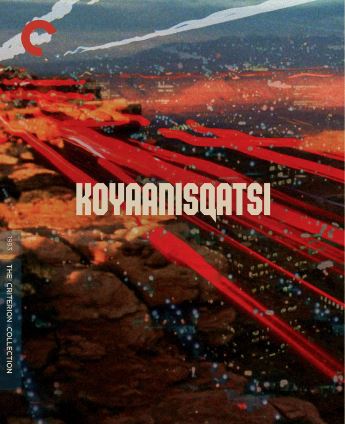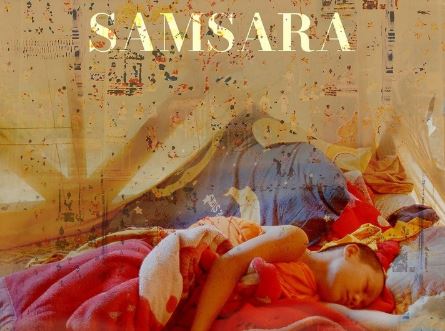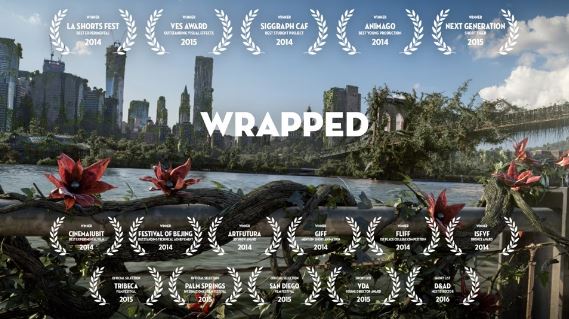Five Experimental Films to Watch this Earth Day

There are a plethora of ways to celebrate Earth Day, like taking a walk in nature or practicing more sustainable consumption habits. Here at The Independent we’re taking a look at five independent experimental films that make us think about the intricacies of the planet itself, and those who inhabit it. These films, varying in format and genre, all share one focus, besides their experimental natures, which is maintaining respect for our planet. From documentaries providing real life examples of the ways in which the Earth provides for us, to a striking example of Earth’s birth through a black and white lens, this list provides an expansive look at the springtime celebration of environmental protection.

- Life in a Day (2011)
“Life in a Day” is a full feature length documentary that took over 80,000 clips of footage, submitted by people all around the world, and compiled it all into a depiction of one day. The film is meant to replicate what exactly it was like to be alive on July 24, 2010. Following stories of tragedy and celebration, the hope of the filmmakers was for future generations to be able to look back and understand the vastness of the human experience on Earth, switching between almost 21 different languages, and between amateur and professional footage, all walks of life have a home in this film. “Life in a Day” was directed by Kevin MacDonald and was produced by Scott Free Productions. Despite originally being uploaded to YouTube, it premiered at the 2011 Sundance Festival. The film went on to win the Krakow Film Festival’s audience award in 2011, and was so popular that MacDonald decided to direct a sequel in the year of 2020. This film is an excellent reminder of all the different livelihoods that are dependent on Earth and is currently available for streaming on Netflix.

- Koyaanisqatsi (1982)
This amalgamation of intriguing footage, “Koyaanisqatsi,” is a part of The Qatsi Trilogy, and represents the different dynamics between humans, technology and nature. The film is without narration and instead focuses on pairing the visuals with Philip Glass’ score. The footage alternates mainly between time lapse and slow motion and since its release it has gained a minor cult following. By juxtaposing imagery of peaceful nature scenes and destructive mechanical elements, director Godfrey Reggio is able to create almost poetic visuals. Produced by the Institute for Regional Education and Zoetrope Studios, this film is currently available for viewing on Amazon Prime.

- Samsara (2011)
Another documentary style film that utilizes footage from a great variety of locations, and focuses on presenting viewers with a smorgasbord of scenes from warzones to natural wonders, is “Samsara.” Director Ron Fricke compiled over five years of clips from around 25 countries into a feature length experience in hopes of illuminating both the mundane and the extraordinary in the same light. Produced by Magidson Films, and filmed on 70 mm cameras, the film mimics an almost meditative state; the film is completely without narration and instead leans on the score to guide you through the film. “Samsara” is currently available for streaming on Amazon Prime.

- Begotten (1989)
Lovingly described as one of the most sacrilegious films of all time, and simultaneously as one of the top ten most important films of all time, “Begotten” gained a cult following that has uplifted this experimental horror film not for its sacrilege, but instead for its subversive narrative of the birth of Mother Earth. What this film lacks in dialogue, it makes up for in haunting, grainy black and white imagery. Following the gory suicide of God and equally gory birth of the Mother and Son of Earth, the Son sets off into a barren land and is met by a pack of aggressive nomads, and soon finds himself defeated. Mother Earth resurrects him only to have the same done unto her once the nomads return, and the vicious cycle repeats itself until their burials bring new life into the world. Director E. Elias Merhinge’s choice to display new vegetation, a new God and an image of Mother and Son watching over the landscape, gives the silent film a somewhat hopeful ending in comparison to the earlier horrors. This film, produced by Theatre of Material and William Markle Associates, fought for a distributor for two years before it premiered at the Montreal World Film Festival in 1989. The film is currently available for viewing on YouTube.

promotional photo.
- Wrapped (2014)
“Wrapped” is an animated short film spanning slightly over four minutes, but what it lacks in length it makes up for with visual impact. The short takes us through a time lapse of nature’s takeover. Starting first with the decomposition of a rat, then moving to imagery of the city streets being reclaimed by lush green vegetation, the destruction of that city led to the birth of the moldy fruit that poisoned the rat in the first place. Directors and writers Roman Kälen, Falko Paeper and Florian Wittman were awarded at the CineMAiubit International Student Film Festival for best experimental film, outstanding visual effects in a student project at the Visual Effects Society Awards, best experimental at the L.A. Shorts Fest and was nominated for the student visionary award at the Tribeca Film Festival. This short is currently available for streaming on YouTube.
